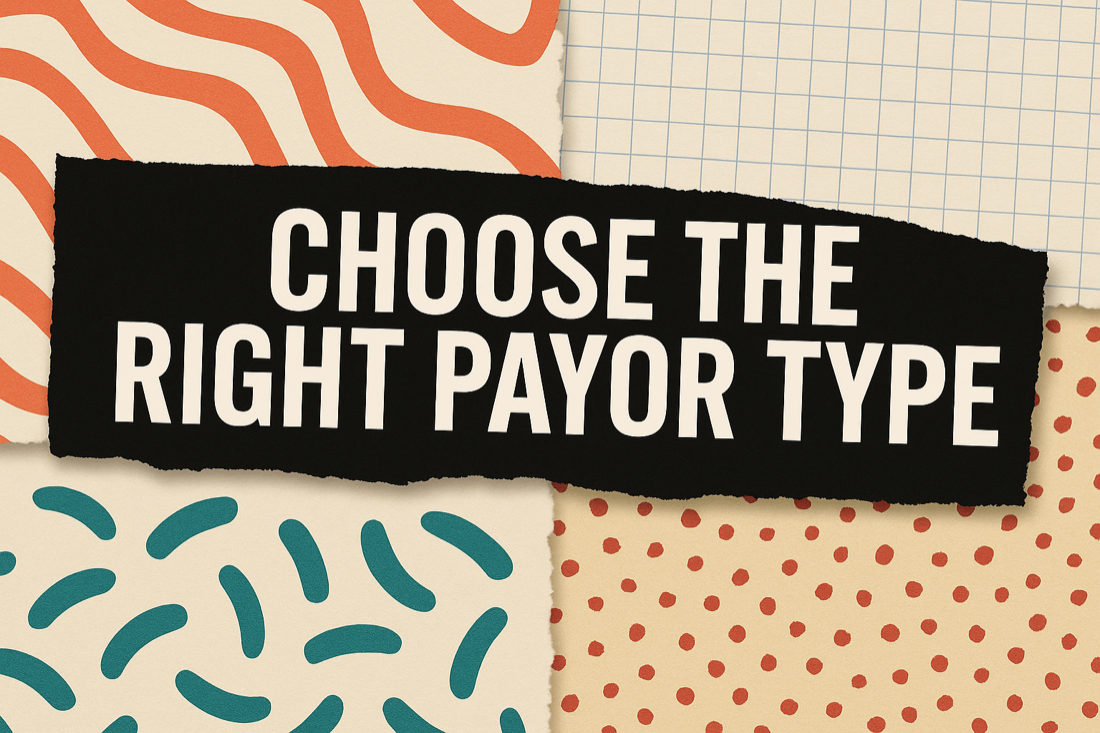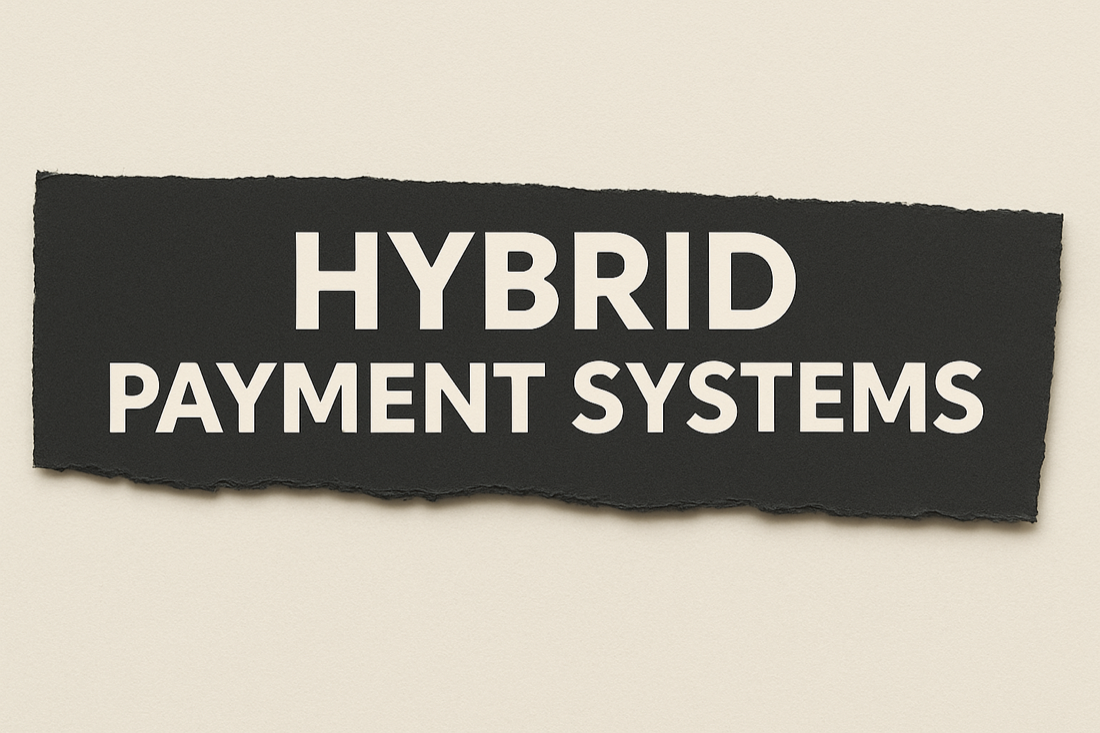How to Set Up a Payment System for a Home Care Agency in Texas
Setting up a payment system is one of the most important parts of running a professional and compliant home care agency in Texas.
The truth is, it’s not just about getting paid. It’s about making sure every part of your billing process is accurate, legal, and easy to manage. From private pay clients to Medicaid claims and VA authorizations, the details matter.
If your payment system is disorganized or outdated, you could face delays, rejected claims, or compliance issues that cost your agency time and money. And in a competitive state like Texas, that can affect both your cash flow and your reputation.
This guide walks you through the key steps to building a reliable payment system. It breaks down what works for each type of payor, which tools to use, and how to stay on top of your billing with less stress.
Whether you're just getting started or tightening up your existing system, this walkthrough will help you run your agency more efficiently and get paid on time.
Step-by-Step: Building a Payment System That Works

1. Choose the Right Payment Platform
A strong foundation starts with choosing the right tools. Your home care agency needs a platform that can:
-
Create and send professional invoices
-
Accept multiple forms of payment
-
Track balances and late fees
-
Integrate with caregiver scheduling and payroll
-
Support Medicaid, LTC insurance, VA, and private pay clients
Recommended platforms for Texas home care agencies:
-
QuickBooks Online – Best for private pay and long-term care (LTC) billing
-
AlayaCare / AxisCare – All-in-one home care software with billing, payroll, EVV, and authorization management
-
ZarMoney or PaySimple – Good for small to mid-sized agencies focused on invoicing and payment collection
Choose a platform based on your agency’s current size and expected growth. Avoid patchwork systems that don’t “talk” to each other, so you won’t spend more time fixing errors than serving clients.
2. Enable Online and Mobile Payments
Families expect the same convenience from a home care agency that they do from any other service. That means you should be able to accept:
-
Credit/debit card payments
-
ACH transfers
-
eChecks
-
Mobile or portal-based payments
Pro Tip for Texas Agencies:
Texas does not limit the use of online payment platforms for home care agencies. However, the Health and Human Services Commission (HHSC) may request documentation during audits. Be sure your system keeps detailed payment logs, receipts, and client records.
3. Connect Payments to Scheduling and Payroll
Use platforms that pull caregiver clock-in/clock-out times from your Electronic Visit Verification (EVV) system to auto-generate invoices for private pay or claims for Medicaid.
Texas EVV-Approved Vendors include:
-
First Data AuthentiCare
-
HHAeXchange (used by most MCOs)
-
Vesta EVV (state-sponsored and free)
Confirm that your platform integrates with your EVV vendor. This not only saves time but helps prevent rejected claims and late payroll.
4. Establish Transparent Billing Policies
Every client agreement in Texas must outline your billing terms. This includes:
-
Hourly or flat rates
-
Billing frequency (weekly, biweekly, monthly)
-
Accepted payment methods
-
Late payment penalties
-
Cancellation and rescheduling terms
Put it in writing, include it in your service agreement, and review it with each new client or responsible party. Clear communication upfront prevents misunderstandings and supports a professional relationship.
Payment Systems Based on Payor Type

Each payor source has its own requirements. Below is a breakdown to help you navigate them more easily.
-
Private Pay Clients
Clients or family members pay directly out of pocket.
-
Use QuickBooks, Stripe, or PayPal for secure invoicing and tracking.
-
Consider recurring billing for predictable weekly care schedules.
-
Send digital invoices with clickable payment links.
-
Track late or missed payments to stay on top of cash flow.
Pro Tip:
Provide a client portal or app for families to view statements, pay balances, or update billing information.
-
Long-Term Care Insurance (LTC)
In Texas, many clients use LTC insurance to cover part or all of their home care.
-
Verify benefits upfront (policy limits, ADL [Activities of Daily Living] requirements, and the elimination period).
-
Submit itemized invoices, including daily notes and caregiver tasks.
-
Use AxisCare, AlayaCare, or ClearCare to track hours and tasks for reimbursement.
-
Some insurers now accept digital submissions via provider portals (e.g., Genworth, John Hancock).
Billing LTC correctly often means quicker reimbursements and less back-and-forth with insurers.
-
Medicaid Managed Care Organizations (MCOs)
Texas Medicaid PAS (Personal Assistance Services) is managed through MCOs (Managed Care Organizations). To bill them:
-
Credential with the MCO (Amerigroup, Molina, Superior HealthPlan, UnitedHealthcare,Texas Children’s Health Plan, etc.)
-
Use EVV (through Vesta or HHAeXchange)
-
Submit claims through the MCO’s provider portal or clearinghouse (Availity, Office Ally, etc.)
-
Follow timelines for submitting claims and resubmissions
-
Keep copies of authorizations and documentation
Claims are often rejected due to mismatches in visit times, so ensure your EVV data is clean and synced.
-
VA Community Care Network (CCN)
To get paid by the VA:
-
Enroll in the Community Care Network (via Optum or TriWest)
-
Submit claims through VA’s third-party administrators (TPAs)
-
Track authorizations and claims carefully (VA often requires specific documentation)
-
Use platforms like AlayaCare or AxisCare, which support authorization-based billing workflows.
VA billing is very particular. Even a missing date can delay payments for weeks, so accuracy matters.
-
Area Agencies on Aging (AAA)
Some older adults qualify for home care through programs funded by the Older Americans Act.
-
Payments come from regional Area Agencies on Aging.
-
Services are tracked in systems like Harmony or WellSky.
-
Reimbursements are typically lower than private pay, but reliable
Reach out to your local AAA to learn how to become a provider and bill for these services.
-
Mobile Payment (Optional for Private Pay)
For added convenience, some families may prefer paying via:
-
Zelle
-
Venmo (Business)
-
Cash App Business
These are acceptable for private pay only. If you offer these, record each payment manually in your accounting system to ensure accuracy and reporting.
Hybrid Payment Systems: Serving Multiple Payors

Most agencies in Texas don’t rely on just one payment type. They work with a combination of:
-
Medicaid MCOs
-
Private pay clients
-
LTC insurance
-
VA
Your system needs to segregate billing per payer, ensure accurate reporting, and be auditable for state and federal compliance.
Look for platforms that support multi-payor workflows, such as:
-
AlayaCare
-
AxisCare
-
CareSmartz360
These platforms are built with scalability in mind and help keep operations smooth as your agency grows.
Final Word: Set Up a System That Builds Trust and Keeps You Paid
A well-structured payment system is non-negotiable for operating legally and profitably in Texas. That’s why setting up a strong, organized payment system should be a top priority, not a back-office afterthought.
Start with a platform that fits your home care agency size, supports EVV integration, and aligns with Texas Medicaid and VA billing rules. Train your intake and billing staff well. Keep your client policies clear and professional. And most importantly, make the experience seamless for the families you serve.
You’ll not only get paid faster, you’ll look like the kind of agency clients and referral sources can trust. And in a competitive Texas market, that matters.